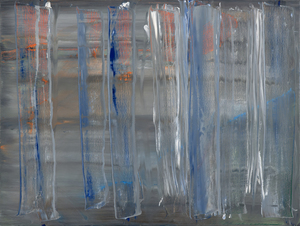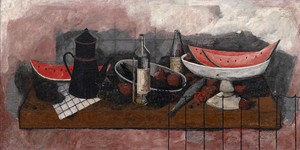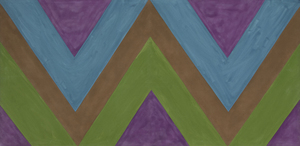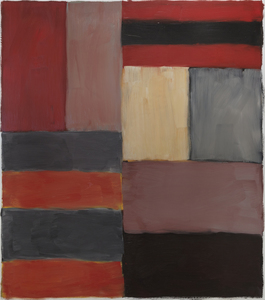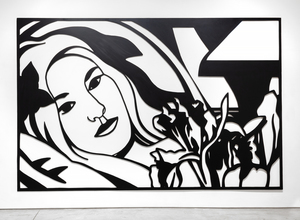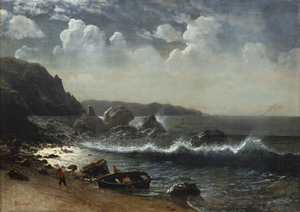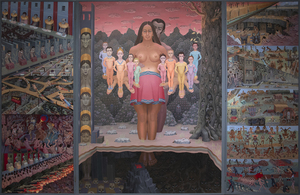מאז 1996, הצבנו מעל 6,500 יצירות אמנות והרחבנו את טווח ההגעה הגלובלי שלנו עם נוכחותנו בלונדון, בזל, ניו יורק, לוס אנג'לס, סן פרנסיסקו, פאלם דזרט, ג'קסון הול, ניופורט ביץ ', מונטסיטו, אגם קומו ופאלם ביץ '. אנו שואפים להציג יצירות אמנות יוצאות דופן של האמנים המפורסמים ביותר בהיסטוריה באופן אישי, נגיש ומעשיר.
פגוש כמה מהאנשים של הת'ר ג'יימס אמנות שחולקים את תשוקתם לאמנות באמצעות אוצרות והתקנה באיכות המוזיאון, טכנולוגיה ומחקר חדשניים, ויחסי ייעוץ מותאמים אישית.

_tn47012.jpg )
,_new_mexico_tn40147.jpg )
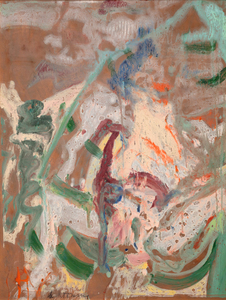
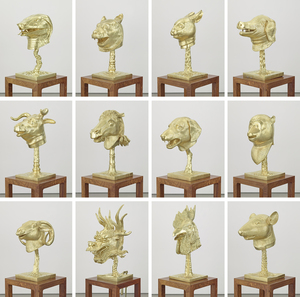
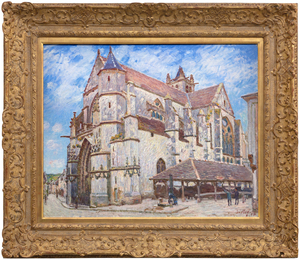
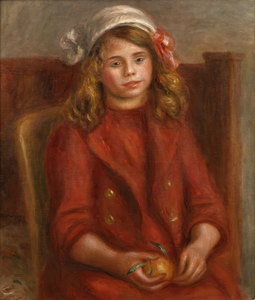
_tn43950.jpg )
